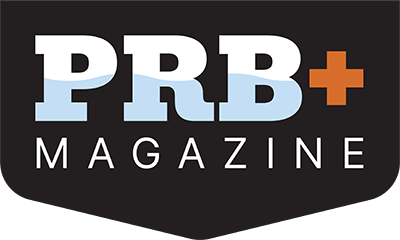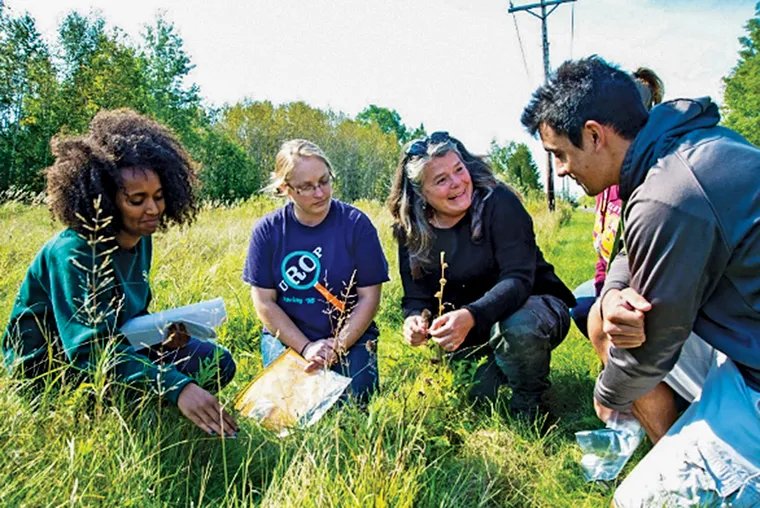Preparing for the future climate one seed at a time
The tractor trundled along a snowy field, tracing row after row. A small trailer attached to the tractor scattered seed on the ground, and a drone above captured the footage. Supervising at ground level were two ecologists at the Lake County Forest Preserve District in northern Illinois.
It was January 2021, but Director of Natural Resources Pati Vitt and Restoration Ecologist Ken Klick had the year 2050 on their minds.
The fields sown that winter with 1,900 pounds of native-grass seed are part of a research project at Grant Woods, a 1,226-acre forest preserve in Ingleside. It’s an effort to restore former farmland while comparing the success of native seed mixes sourced from different geographic regions.
One mix, spread on two-thirds of the area, followed the typical practice of purchasing seed grown within 250 miles of the county. The other mix, spread on the remaining third, was an experiment. Its seed hailed from central Missouri and Kentucky.
Both mixes contained the same species of native plants, such as little bluestem (Schizachyrium scoparium) and Indian grass (Sorghastrum nutans). “We hope to learn whether plants grown from southern seeds carry genes that help them better withstand the summer heat and fluctuating precipitation patterns expected to affect Lake County in the coming decades,” Vitt says.
“One historic principle for sourcing seed has been that local is best,” Vitt says. “But our climate is changing. This project, covering 180 acres, is trying to determine how we should source seed for restoration projects to have the greatest success, not just right this minute, but over the next 20, 30, 50 years.”

